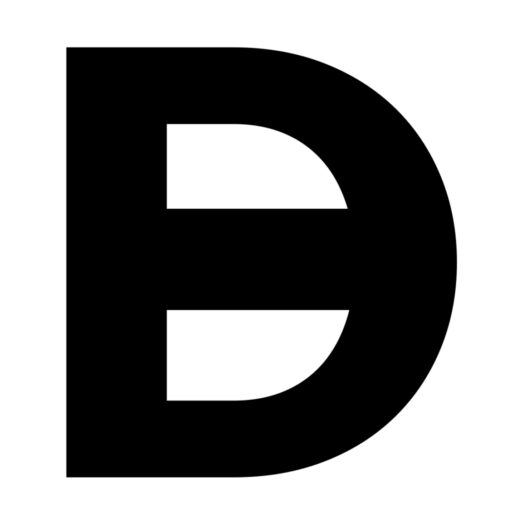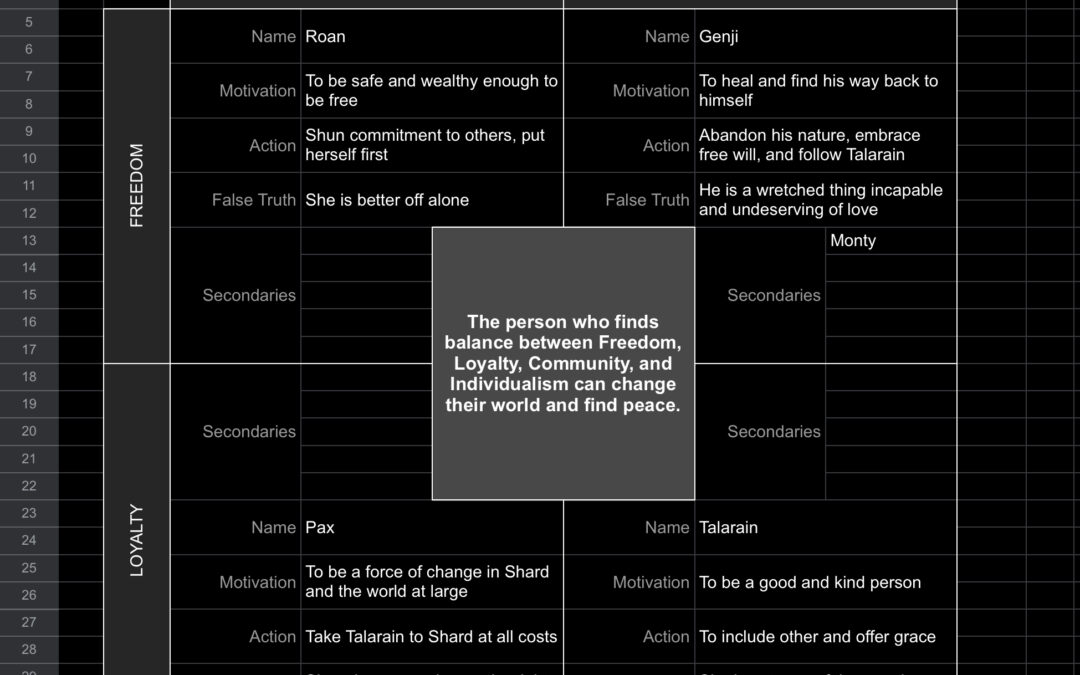As a writer, I’m constantly searching for ways to create richer, more dynamic character interactions. One of the most effective tools I’ve discovered is the concept of “four corner opposition.” This technique has allowed me to craft more personal and layered conflicts, adding depth to both my characters and the overall narrative.
What is Four Corner Opposition?
In essence, four corner opposition is a storytelling framework where four distinct characters or groups are in opposition to one another. Each “corner” represents a different perspective, motivation, or goal, which leads to a complex web of conflict, far more intricate than a simple hero-villain dynamic.
Instead of just having two sides battling it out, four corner opposition introduces competing motivations from multiple angles. Some characters may align briefly, but their deeper desires create natural friction, ensuring tension throughout the story. It’s a tool that injects moral ambiguity and multiplies the stakes, leading to unexpected twists and evolving relationships.
The Origins of Four Corner Opposition
This method is widely attributed to John Truby, a prominent story expert and screenwriter. In his influential book The Anatomy of Story, Truby critiques the traditional binary conflict structure and introduces four corner opposition as a way to complicate and enrich the narrative. He argues that by diversifying the forces of opposition, you create a more engaging and unpredictable story.
Truby’s framework pushes writers to craft characters that are fully fleshed out, with unique desires and flaws. Instead of relying on a good vs. evil structure, each character believes they are in the right, adding layers to the narrative and creating a tapestry of motives that can conflict or align at various points.
How Four Corner Opposition Has Impacted My Writing
In my own work, including The Story of Rain trilogy, I’ve embraced four corner opposition to develop my characters and drive the story forward. Here’s how it’s been particularly effective:
- Deeper Character Development: Each character is more than just an ally or enemy. They are complex individuals with unique agendas, which makes for much richer interactions. Djeodi, Roan, and others in my novels all have different stakes in the story, which leads to surprising alliances, betrayals, and moments of introspection.
- More Personal Conflict: Using four corner opposition means that conflict isn’t just external. It often arises from internal desires that clash with those of others. This approach allows me to explore themes like redemption, loyalty, and survival from multiple perspectives, making the stakes feel more personal and emotional.
- Unpredictability: With four distinct “corners” vying for their goals, the story naturally evolves in unpredictable ways. Characters might team up momentarily, but their underlying motivations eventually pull them apart. This keeps the reader on their toes, never quite sure how things will unfold.
- Layered Themes: I’ve found that this technique allows for a deeper exploration of the themes central to my novels. By having multiple characters with conflicting desires, I can examine various aspects of the story’s themes from different angles, enriching the narrative’s complexity.
Conclusion
Ultimately, four corner opposition has helped me craft more intricate and emotionally engaging stories. By deepening the conflict between characters, I’ve been able to create narratives that feel both intense and personal, leaving readers with a sense of immersion and unpredictability. If you’re a writer looking to add complexity to your work, I highly recommend exploring this technique and seeing where it leads you.
I hope this provides some insight into the power of four corner opposition and how it has positively shaped my storytelling. If you’re interested in seeing this method in action, I encourage you to check out my upcoming novel, The Verrient, the final book in The Story of Rain trilogy!
Don Elliott | Contact | Privacy Policy | Copyright 2023

